Our News Has Been (Just a Little Bit) Fucked, How Do We Protect Photography
The Press Under Siege: Trump’s Ongoing Assault on Journalism and the Rise of AI-Generated Media Undermine and Question Photography as a Truth-Based Medium
“Fake people are like mirrors, they reflect what they think you want to see.” – Unknown.
Edited from the original post at bilbrownbecoming.substack.com – So here we are, we have Donald Trump… again. In this whirlwind new sequel to the chaotic first four years, the relationship between the “new” President and the mainstream media has been marked by escalating tensions and downright nastiness. From labeling critical journalists as “fake news” to leveraging artificial intelligence and Big Tech (specifically his tech-bro Billionaire Donors Social Media in Elon Musk’s X and Zuckerberg’s Meta) in a really bitchy way to manipulate public perception, the very foundation of press freedom (and reality itself) is under threat. Or maybe just being slapped around for awhile, because ultimately it’s up to the image makers.
And that’s where I will start. What is the role of the image makers in 2025?
I believe in the essence of what William S Burroughs once said, “Artists to my mind are the real architects of change, and not the political legislators who implement change after the fact.” Let’s break down how we can be those artists.
My perspective? We’ve been playing games with imagery for a long long time.
The Japanese critic and photographer Nakahira Takuma (1938-2015), said of this crisis of imagery,
“once an unmediated link was forged between the physical and social properties of photography, and that link was uncritically accepted, hadn’t the way already been paved for the crisis facing images in general today (not only photography, but also television and as that of an information society, hasn’t this linkage become a decisive factorpropelling the divorce of images from reality and their resultant fetishization,as well?”
Oh, we LOVE our images of reality that are not real nor unreal. They are something else entirely: a distraction from how we feel.
“The Dumbest Reporter” Trump said
Throughout his career, President Trump has consistently targeted the media, referring to critical outlets as “the enemy of the people” and “fake news.” This rhetoric has not only eroded public trust in journalism but has also emboldened attacks on media institutions and individual journalists. During his first term (2017–2020), these hostile actions led to increased threats against journalists and a chilling effect on press freedom. If we remember what we take these photos for, what journalism really is, then it dawns on us that photography is sort of losing it’s innate power.
The intersection of technological advancements and political dynamics has posed significant challenges to the role of photography in upholding democratic principles. The rise of artificial intelligence (AI) and the policies of political figures like President Donald Trump have introduced complexities that threaten the integrity of visual documentation and press freedom.
But this isn’t new, in any new empire there is a push to control images. During the Second Council of Nicaea in 747, The Council proclaimed:
We declare, that we defend free from any innovations, all the written and unwritten ecclesiastical traditions that have been entrusted to us.
One of these is the production of representational art; this is quite in harmony with the history of the spread of the gospel, as it provides confirmation that the becoming man of the Word of God was real and not just imaginary, and as it brings us a similar benefit. For, things that mutually illustrate one another undoubtedly possess one another’s message….
During the French Revolution, the populace forcefully demonstrated the shift in power by executing aristocrats, signaling to the Church the end of its dominance.
In contrast, during China’s Yuan Dynasty (1271–1368), under Kublai Khan’s rule, artists developed a method of expression that channeled their emotions into painting. Chueh Yin, a Buddhist monk of that era, advised that when one’s emotions are intense and repressed, one should paint bamboo; in a lighter mood, one should paint the orchid, as its leaves appear to flutter, and its buds open joyfully, reflecting a happy disposition.
Throughout the 180 year history of the medium, authoritarian regimes have exerted significant control over photography to manipulate public perception and suppress dissent. In Nazi-occupied Paris during World War II, for instance, the German authorities imposed strict regulations on photography, prohibiting outdoor images to prevent the documentation of their occupation. Despite these restrictions, individuals like Raoul Minot clandestinely captured nearly 700 photographs, offering a unique and intimate view of the period. His work, developed in secret, risked severe punishment, yet it provided invaluable.
Similarly, in the Soviet Union under Joseph Stalin, the government manipulated photographic records to erase individuals from history who had fallen out of favor. Photographs were altered or destroyed to remove these figures, effectively rewriting history and controlling the narrative.
Authoritarian governments have historically sought to control photography to maintain power and suppress opposition, highlighting the medium’s potential as both a tool of propaganda and a means of resistance.
“Enemy of The People”: The Impact of Trump’s Policies on Photojournalism
During his tenure, President Trump took actions that undermined press freedom, thereby affecting the realm of photojournalism, except when his own image is made to look like a strongman. His frequent denouncement of the press as the “enemy of the people” and his labeling of unfavorable coverage as “fake news” fostered public distrust in the media. He would use AI or his followers would to create these propaganda-like images of Trump as a strong super hero. This antagonistic stance not only endangered journalists but also diminished the credibility of visual documentation essential for an informed citizenry. Additionally, his administration engaged in legal battles against media organizations, which had a chilling effect on journalistic practices, including photojournalism. For instance, CBS News faced a $10 billion lawsuit from Trump over an interview with Kamala Harris, alleging deceptive editing. Although CBS released unedited transcripts to defend its reporting, such legal actions can intimidate journalists and discourage thorough visual reporting.
The Trump administration also took steps to limit press access to key government areas, favoring outlets more sympathetic to its agenda. Established media outlets like The New York Times, NBC News, and NPR were replaced by The New York Post, Breitbart News, and One America News Network in certain government settings. This selective access restricted the diversity of photographic coverage and limited the public’s exposure to a broad spectrum of visual information.
Furthermore, the Department of Homeland Security under Trump monitored journalists covering the border and attempted to obtain the identity of their confidential sources. Such practices not only infringed on press freedom but also deterred journalists from pursuing investigative stories that rely on confidential sources, including those that require photographic evidence. This surveillance created an environment of intimidation, discouraging photojournalists from documenting sensitive subjects.
Trump also actively opposed legislation designed to protect journalists. He urged congressional Republicans to block a bill intended to safeguard press freedoms, signaling a disregard for the essential role of a free press in democracy. This opposition led to a more hostile environment for photojournalists, making it more challenging to document and report on governmental actions.
The Role of AI and Technological Power in Shaping Media Narratives
The influence of tech magnates like Elon Musk further complicates the landscape of photographic democracy. Musk’s ownership of the social media platform X and his position in the Trump administration have sparked controversy. He has been using X to promote Trump’s policies, attack detractors, and influence public opinion, leveraging his massive following of 215 million users. Critics argue that Musk’s dual role as a government adviser and social media mogul creates conflicts of interest and consolidates unprecedented economic, media, and political power. His actions, including shutting down government agencies and intimidating opponents, have raised concerns about transparency and ethical conduct. This dynamic illustrates the blurring line between social media influence and governmental authority, raising questions about the impact on democracy and governance.
The pervasive influence of social media as a primary platform for information dissemination has significantly amplified the challenges posed by AI-generated images in photojournalism. The rapid sharing and viral nature of content on platforms like Facebook, Instagram, and X (formerly Twitter) make it increasingly difficult for users to discern authentic photographs from AI-generated fabrications. This environment not only facilitates the spread of misinformation but also undermines public trust in visual media.
A recent study highlighted that AI-generated content online has experienced an 8000% increase over the past decade, with a substantial portion of this content circulating on social media platforms. This surge has led to instances where users, lacking the tools or awareness to identify AI-generated images, inadvertently engage with and propagate false information. The absence of robust detection measures on these platforms exacerbates the issue, allowing AI-generated images to proliferate unchecked.
The implications for photojournalism are profound. The ease with which AI-generated images can be disseminated on social media challenges the authenticity of visual reporting. As AI-generated images become more prevalent, the line between genuine photojournalism and fabricated visuals continues to blur, posing an existential threat to the credibility of visual media.
To address these challenges, initiatives like the Content Authenticity Initiative (CAI) have emerged, aiming to develop standards for content authenticity and provenance. Companies such as Cloudflare have integrated features that preserve content credentials, enabling users to verify the origins and modifications of images. This integration is crucial for maintaining trust in visual media, especially on platforms where content is rapidly shared.
While social media serves as a powerful tool for information dissemination, its role as the primary platform for sharing images necessitates a heightened focus on content verification. The integration of authenticity features and the promotion of media literacy are essential steps toward preserving the integrity of photojournalism in the digital age.
One Camera Company’s Commitment to Content Authenticity (and Luxury)
In response to these challenges, Leica – yes, “The Dentist’s Camera” – has taken significant steps to uphold the integrity of visual media through technological innovation. In October 2023, the company released the Leica M11-P, I have one, as the world’s first camera to seamlessly integrate content authentication according to the Content Authenticity Initiative (CAI) and the Coalition for Content Provenance and Authenticity (C2PA) standard. This integration allows photographers to attach secure metadata to their images at the point of capture, creating a verifiable chain of authenticity from camera to publication. The camera’s secure chipset encrypts key metadata, ensuring that the image’s origin and editing history can be traced and verified.
In September 2024, Leica announced the M11-D, a camera that harkens back to the film cameras that… if you can’t find one on the used market, don’t worry Leica still makes those too. The M11-D has the same chip as the M11-P, and continues this focus on authenticity, an authenticity taht is supported by software manufactures like the embattled ADOBE that already says all-your-images-are-belong-to-us, and PUBLICIS which is the crazy bearer of advertisings own propaganda. Although the M11-D features the same hardware-based Leica Content Credentials technology, based on the CAI framework and the open technical standard of the C2PA, that the M11-P has and is snazzy in that it feels like a film camera it makes me pause just a bit that this may be a little too late and in the wrong hands. Yes, this ensures that the authenticity of images can be verified at any time using freely available tools, but it can also be used to track and remove authentic archives of images with geo-specific data and more.
Furthering this for the pros and filmmakers this January, Leica introduced the SL3-S, a full-frame mirrorless hybrid camera optimized for both still photography and videography. It features a 24MP BSI CMOS sensor, capable of shooting 6K video with 12-bit raw footage and capturing stills at up to 30fps with continuous (usable) autofocus. It’s the first full-frame mirrorless camera with built-in content authenticity features. Maybe other manufacturers will get in line and do the same. I’m still iffy, but it is a push in the right direction.
I had my first Leica Gallery show in 2018, during Trump’s first term, the images of police in this article are from that show. Did I sell any? That wasn’t the point. I told my gallerist that the photos that I had on display wouldn’t be relative for another 7-10 years. I evidently in some prescient way was, unfortunately, right.
AI-Generated Misinformation: A Growing Threat to Freedom
The advent of artificial intelligence has ushered in an era where the creation of hyper-realistic content—commonly known as deepfakes—poses significant challenges to the integrity of information. These AI-generated images, videos, and audio recordings can fabricate events and statements that never occurred, making it increasingly difficult for audiences to distinguish between genuine and manipulated content.
A particularly concerning development is the use of deepfakes to impersonate journalists. In a recent incident, a deepfake video featured a fabricated version of a Voice of America press freedom reporter, disseminating false information under the guise of legitimate journalism. Such tactics not only spread misinformation but also undermine public trust in credible news sources.
The implications of AI-generated disinformation are profound, especially in the political arena. As we approach critical election cycles, the potential for deepfakes to mislead voters and distort democratic processes is a pressing concern. For instance, during the 2024 U.S. presidential election, there was significant apprehension about the role of AI in spreading political disinformation, with experts warning that such technologies could be used to create convincing yet entirely false narratives about candidates and policies.
The convergence of political attacks on the press and the proliferation of AI-generated media presents a dire situation. Authoritarian regimes and other actors can exploit deepfakes to discredit journalists, fabricate evidence, and manipulate public opinion, thereby eroding the very essence of free speech and a free press. It’s imperative that we, as a society, recognize these threats and take action to protect the fundamental rights that underpin our democracy.
photo taken at 3PM on the day of Donald Trump’s First Impeachment
To Move Forward we must look back: Charles Harbutt’s Unconcerned Photography Approach
The rise of artificial intelligence in photography has given us tools of extraordinary power—tools that can sharpen, enhance, and even create entire worlds. But this same technology has also introduced profound ethical challenges, especially as it intertwines with photojournalism, a practice long rooted in capturing unvarnished truth. To explore these challenges, we might borrow from the principles of Charles Harbutt’s Unconcerned Photographer. His philosophy, steeped in passive observation and the art of detachment, offers a framework for navigating this complex intersection between technology and the act of seeing.
Harbutt’s approach was revolutionary for its emphasis on simply being there—not shaping events, not intervening, but allowing moments to unfold organically. He saw the power in the unnoticed, the fleeting gestures of everyday life. His images weren’t concerned with spectacle but with essence, often capturing the quiet tension of body language or the interplay of subtle details. AI, by contrast, has no such ethos. It generates and manipulates without context, creating a troubling paradox for photojournalism: how do we discern what is real when the tools we use to document reality are capable of fabricating it?
Consider the role of AI in producing hyper-realistic deepfakes, which blur the boundary between observation and invention. If Harbutt’s work is about elevating the ordinary through patient observation, AI flips this on its head, conjuring extraordinary scenes from nothing at all. Deepfakes of political figures—images of fabricated arrests, false protests, or events that never happened—are now powerful enough to fool even a trained eye. They erode public trust in the visual record, destabilizing the very idea of photography as evidence.
Harbutt’s emphasis on detachment, or what Italian photography calls visura, feels especially relevant here. The detached photographer does not impose meaning; they discover it. They serve as a witness, not an architect of the scene. AI, on the other hand, imposes by design. It builds worlds and moments that never were, often with the intent to deceive or manipulate. The danger is that these fabrications are no longer the exception—they are becoming part of our visual lexicon, erasing the distinction between what has been observed and what has been manufactured.
The detached photographer does not impose meaning; they discover it. They serve as a witness, not an architect of the scene. AI, on the other hand, imposes by design. It builds worlds and moments that never were, often with the intent to deceive or manipulate.
Yet, perhaps there is a way forward that borrows from Harbutt’s principles. As AI becomes more entrenched in the photographic process, photojournalists must adopt a kind of “unconcerned” ethic: a recommitment to observing rather than inventing, to documenting without interference. Tools like Leica’s content authenticity initiatives offer hope, embedding metadata into images that trace their origin and editing history. This kind of transparency mirrors Harbutt’s ethos of unmanipulated truth, ensuring that images are not only visually compelling but also anchored in reality.
There is also a renewed urgency to emphasize what Harbutt celebrated—the mundane and the unadorned. In an era where AI can fabricate dazzling spectacle, the quiet power of a real moment becomes all the more significant. A small gesture, a fleeting expression, or the unnoticed beauty of a street corner holds a kind of truth that no algorithm can replicate.
But this is not just a challenge for photographers; it is also one for audiences. Media or visual literacy, the ability to discern and critically evaluate what we see, becomes essential in a world saturated with AI-generated imagery. In the age post-Instagram and META’s own AI and algorithmic barrage reminds us that photography is as much about the viewer as it is about the photographer—it invites us to pause, to look closer, to find meaning in the layers of the frame. In the same way, we must learn to look past the surface of an image and question its origins.
I also like Emily Elise’s recent take down of Hollywood images in her Instagram Stories, and their push down on the teal and orange color pallete. Emily states, “it indicates an industry going BACK to the aesthetics of theater, fiction & obvious stagecraft, creating images that are very clearly made by artisans & not amateurs.” She also states in an almost hilarious way, considering, “Maybe it was an homage to the late great Mr lynch…” Maybe so, but his surreal dystopias often had a silver lining. Where is ours?
Ultimately, the legacy of The Unconcerned Photographer lies in its quiet defiance of spectacle, its insistence on seeing things as they are. As AI reshapes the visual landscape, this philosophy serves as a guide, even in expanding it which I will attempt to do in the substacks forthcoming—not just for photojournalists, and other photographers, but for anyone navigating this brave new world of images. By returning to the principles of detachment and observation, we might reclaim photography as a tool for truth in an era increasingly defined by synthetic invention.
A Call to Action
The intersection of AI and political manipulation has created a perfect storm, threatening the integrity of visual media and the foundations of democracy. I am not saying this is the Big Picture at all, there are more things to think about in these times of the Elon Musks and Project 2025s, clearly. But amidst these challenges, there is a small hope. That a group of visual image-makers embracing the principles of transparency, authenticity, and ethical practice, we can reclaim photography as a medium for truth.
Let’s remember the words of Charles Harbutt: “Photography is not about the search for the extraordinary, but the discovery of the extraordinary in the ordinary.” In a world increasingly shaped by artificial intelligence, by misinformation thrown at us as truth, by faux transparency, this philosophy is more relevant than it ever has been. By staying true to the art of observation, of seeing things as they are and not what we want them to be, we can ensure that photography continues to serve as a vital check on power and a beacon of truth in the digital age.
This article is a call to action—a reminder that in the fight for authenticity, for truth, the stakes could not be higher.





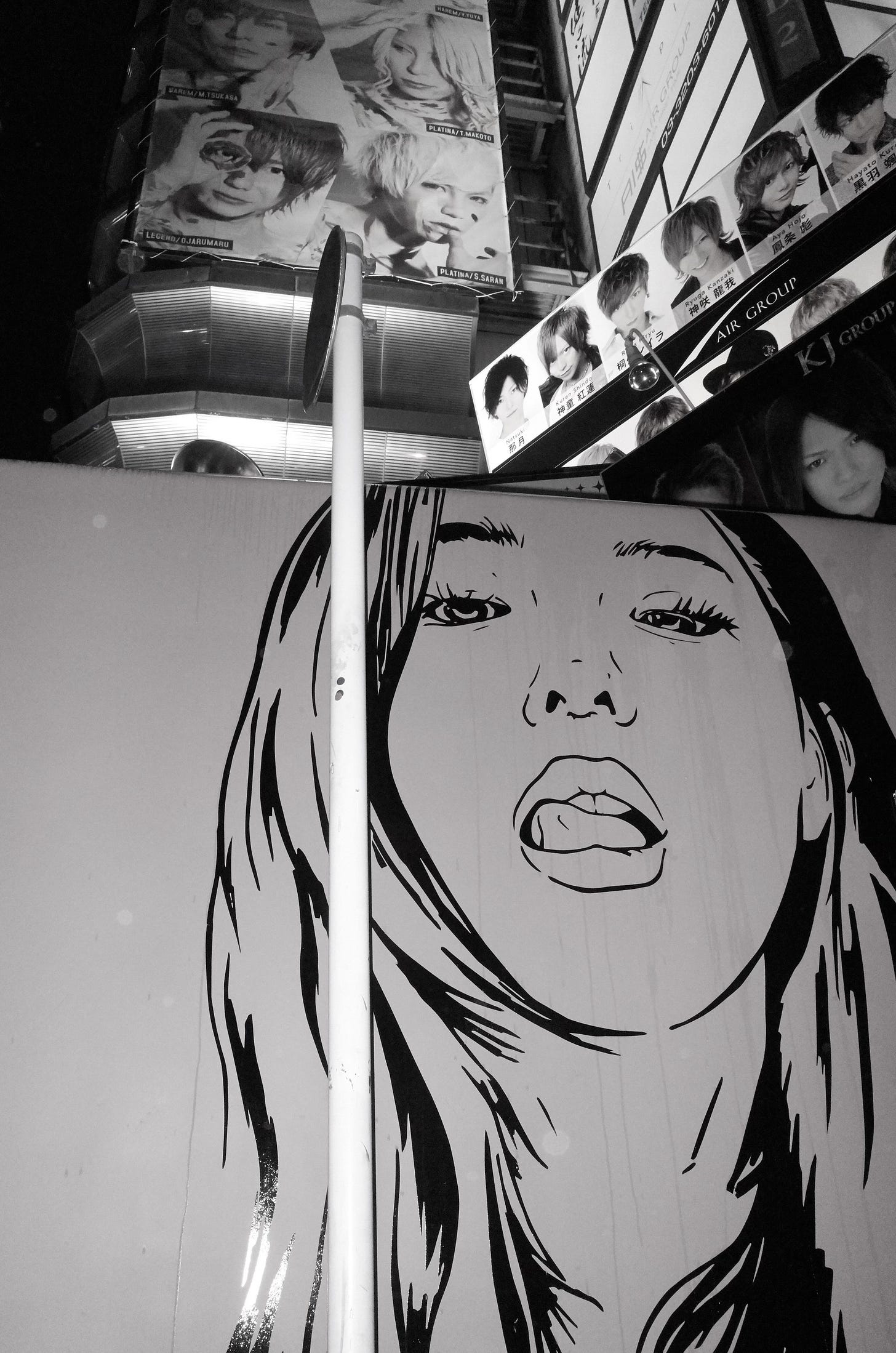
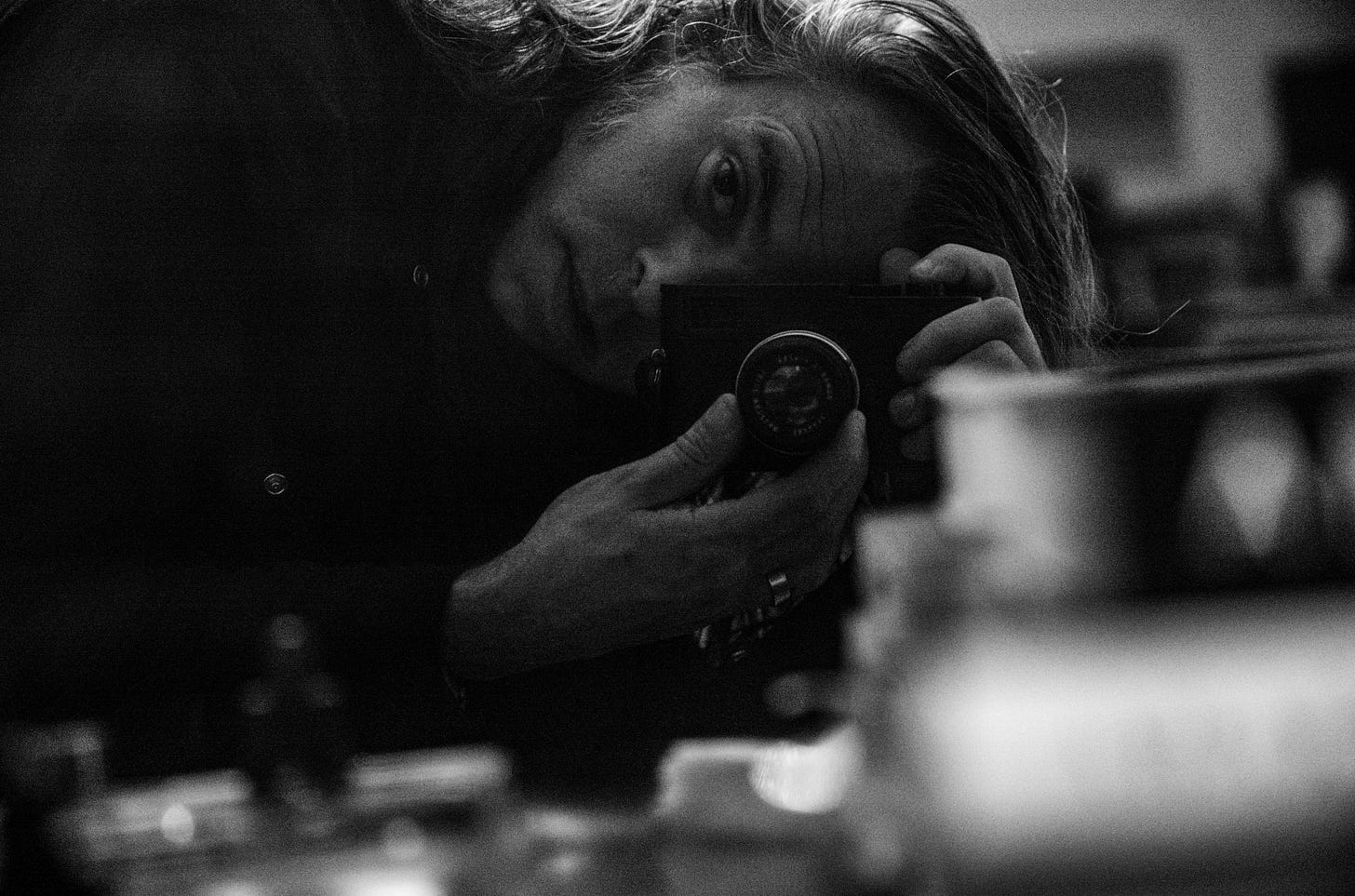

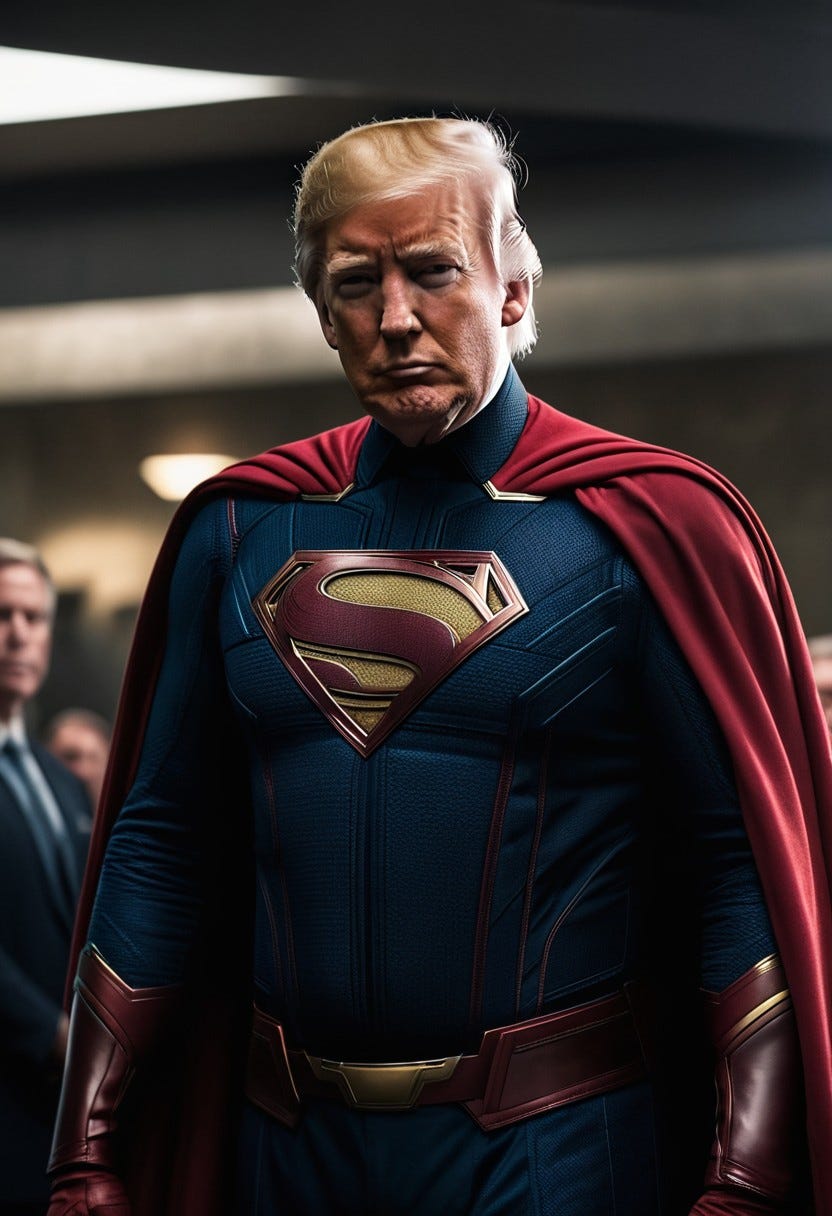

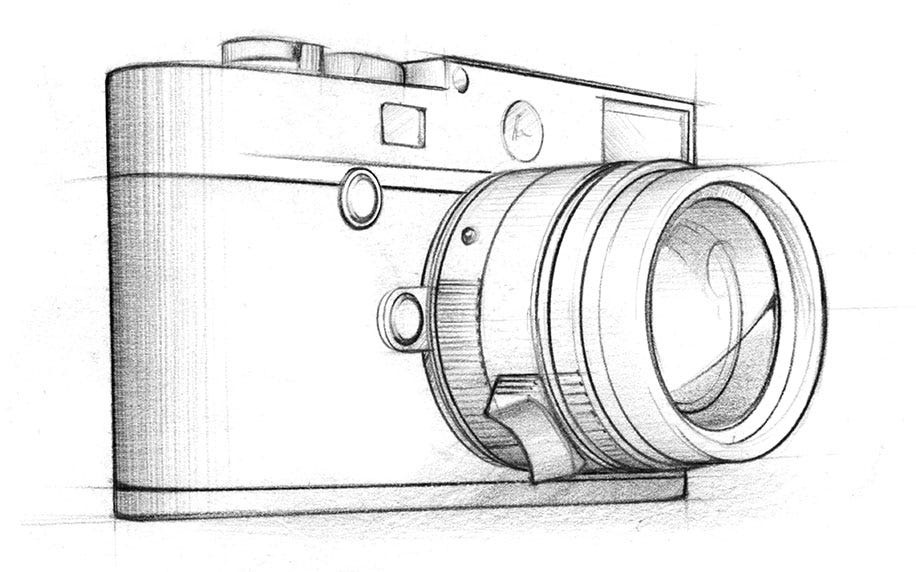
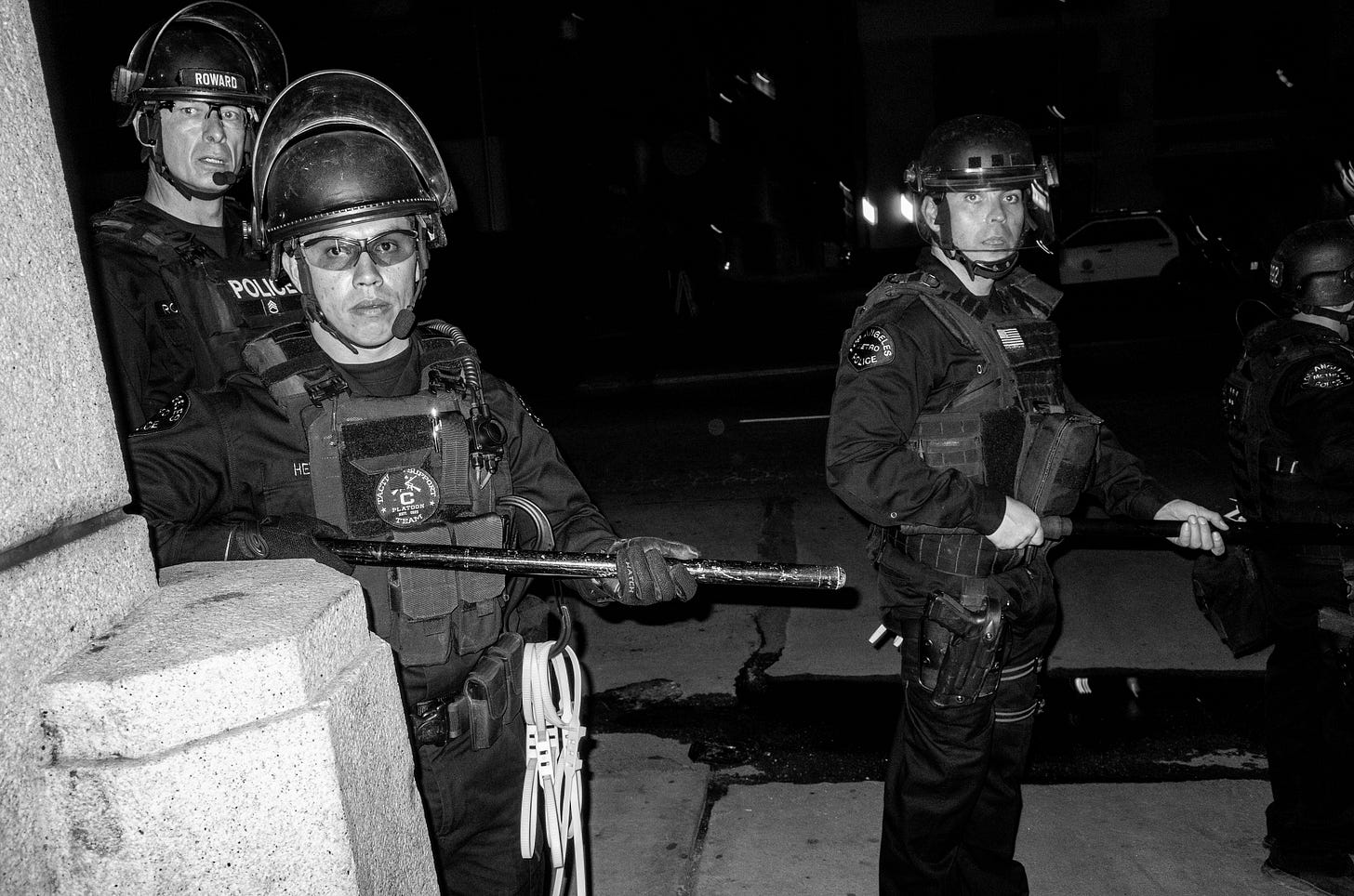

Great post. Thanks for sharing your thoughts. And I have always loved Harbutt's work.